Potassium, an essential macromineral for our body
Potassium, an essential macromineral for our body
Potassium is one of seven essential macrominerals needed by all tissues in the body. It is also an electrolyte that conducts electrical impulses throughout the body, supporting for activities of cellular and nerve functions.
Food sources of potassium
Our bodies do not naturally produce potassium, this mineral is present in our foods. Therefore, we must consume the right balance of potassium-rich foods and beverages
Most people get enough potassium with a balanced diet. Potassium is widely available in many plant-based foods, but processing reduces the content of this nutrient. Anyone with a diet high in processed foods may have a low potassium intake.
The most common source of potassium is from food, such as:
1. Green leafy vegetables.
2. Starchy vegetables such as broccoli, potatoes, carrots, tomatoes, beets, squash and gourds.
3. Potassium-rich fruits such as apricots, bananas, kiwis, oranges, coconut water, avocados, melons, pineapples and dried fruits.
4. Grains, beans and nuts.
5. Dairy foods such as animal milk and plant milk - soy, almonds, yogurt.
6. Lean meat, chicken, salmon.
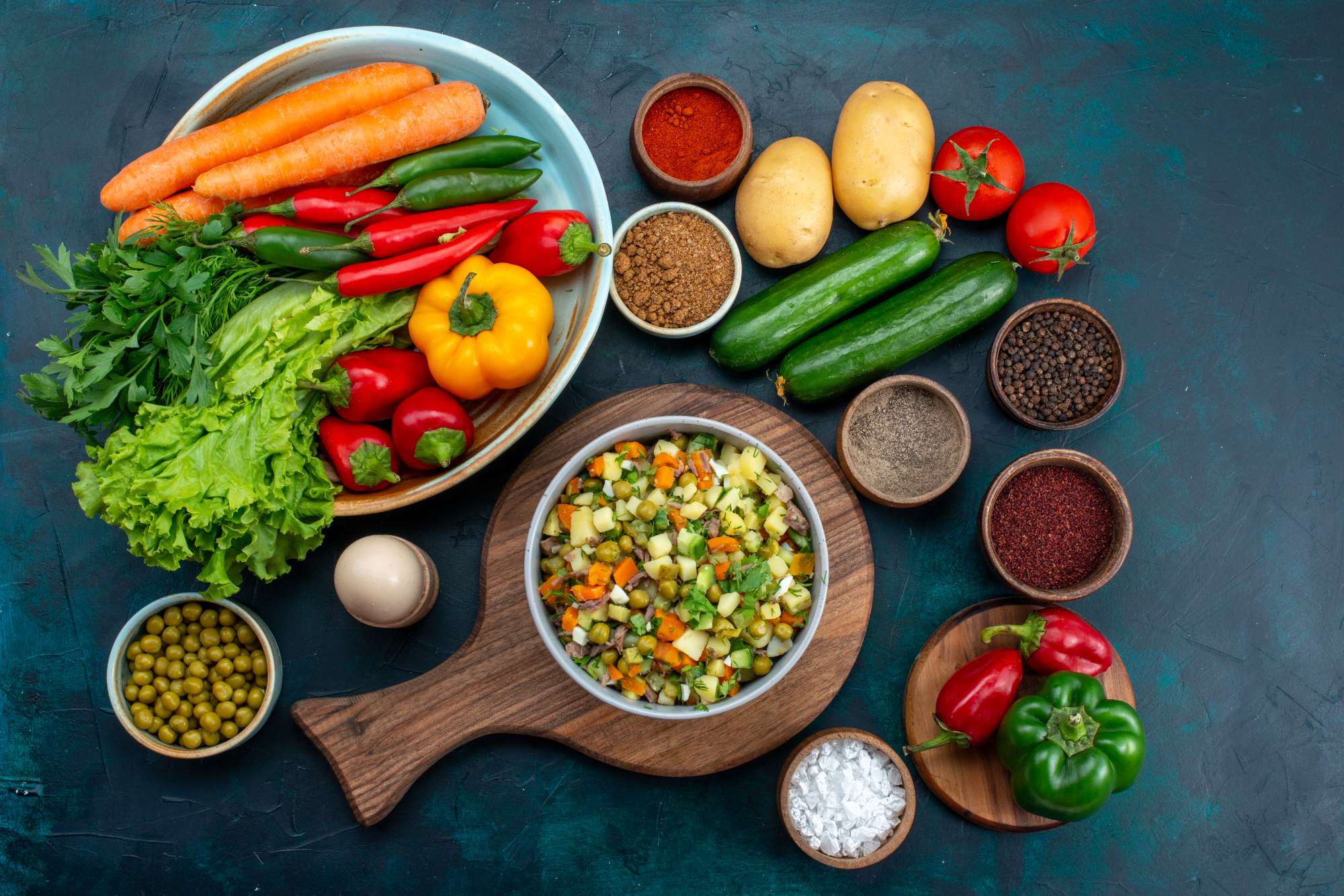
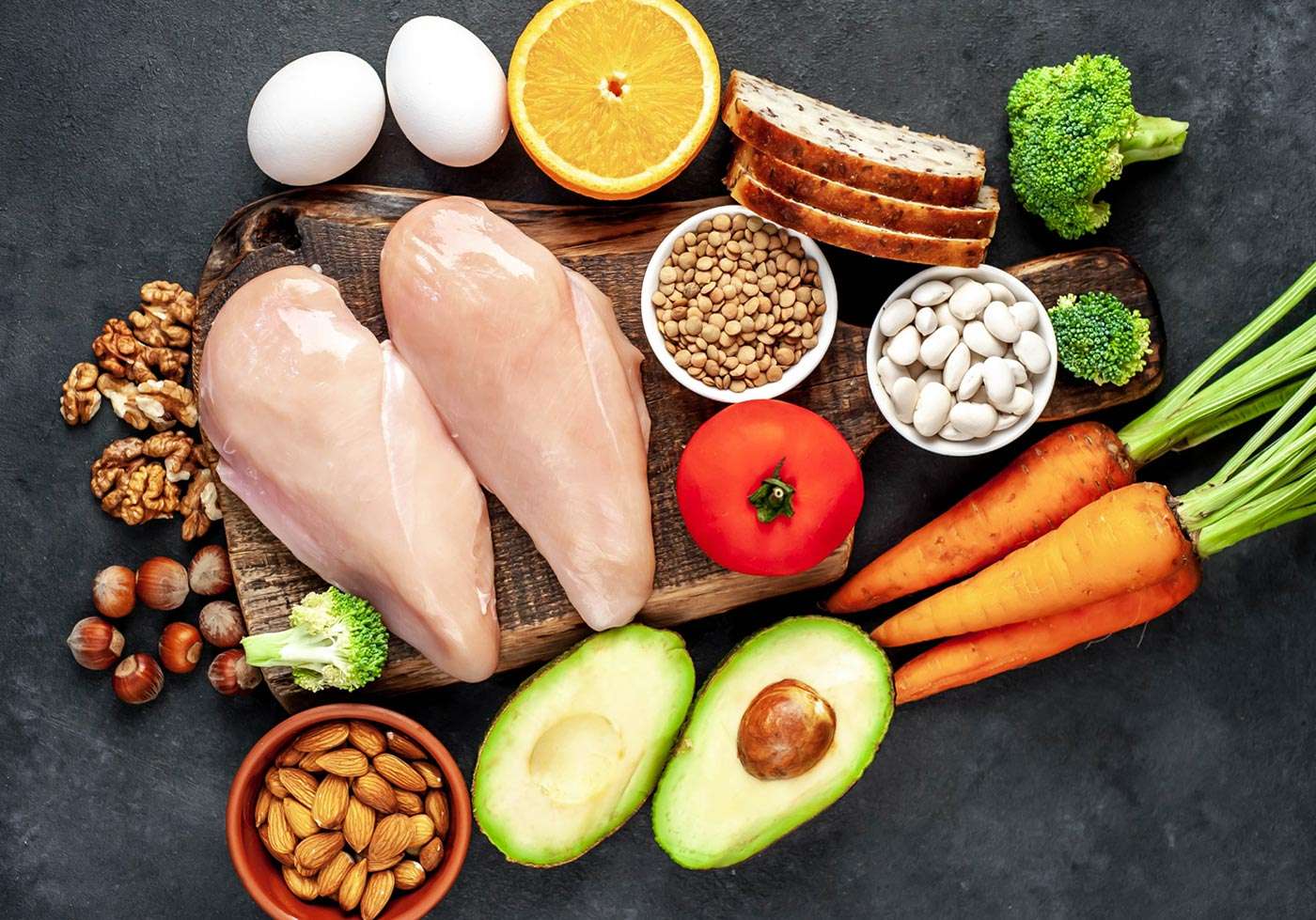
Potassium and Health
Potassium helps balance pH - acidity and alkalinity, balancing fluid levels inside cells, while Sodium balances fluid levels outside cells. Potassium also supports the functioning of the kidneys, heart, muscles and nervous system.
Potassium is an electrolyte that the body needs to stay healthy. As the American Heart Association (AHA) notes, foods containing potassium can help control blood pressure by reducing the negative impact of sodium. Having high sodium levels can increase the risk of high blood pressure. In healthy people, potassium reduces this risk by helping the body eliminate sodium. It also helps control blood pressure by relaxing blood vessel walls.
1. Blood pressure and cardiovascular healthAn adequate amount of potassium can prevent or control high blood pressure. If a person has a high potassium intake and a low sodium intake, this can help reduce the risk of cardiovascular disease and stroke.
2. Maintain muscles and bonesA diet rich in potassium will help maintain muscle mass in older adults.
Potassium may play a role in bone health. Studies have suggested that people who eat more fruits and vegetables containing potassium may have higher bone mineral density.
However, confirming this will require more research. If this finding is true, researchers will also need to explore the reasons behind it and whether supplements have similar effects.
3. Kidney healthIn healthy people, low potassium levels can inhibit the kidneys' ability to reabsorb calcium. High levels of calcium in the kidneys can lead to kidney stones.
Research from 2015 notes that switching to the DASH diet may help reduce the risk of kidney stones because the diet favors foods rich in potassium and other essential nutrients.
However, people with kidney failure should not consume too much potassium, as it could have a negative impact. In this case, a doctor will recommend how much potassium to include in the diet.
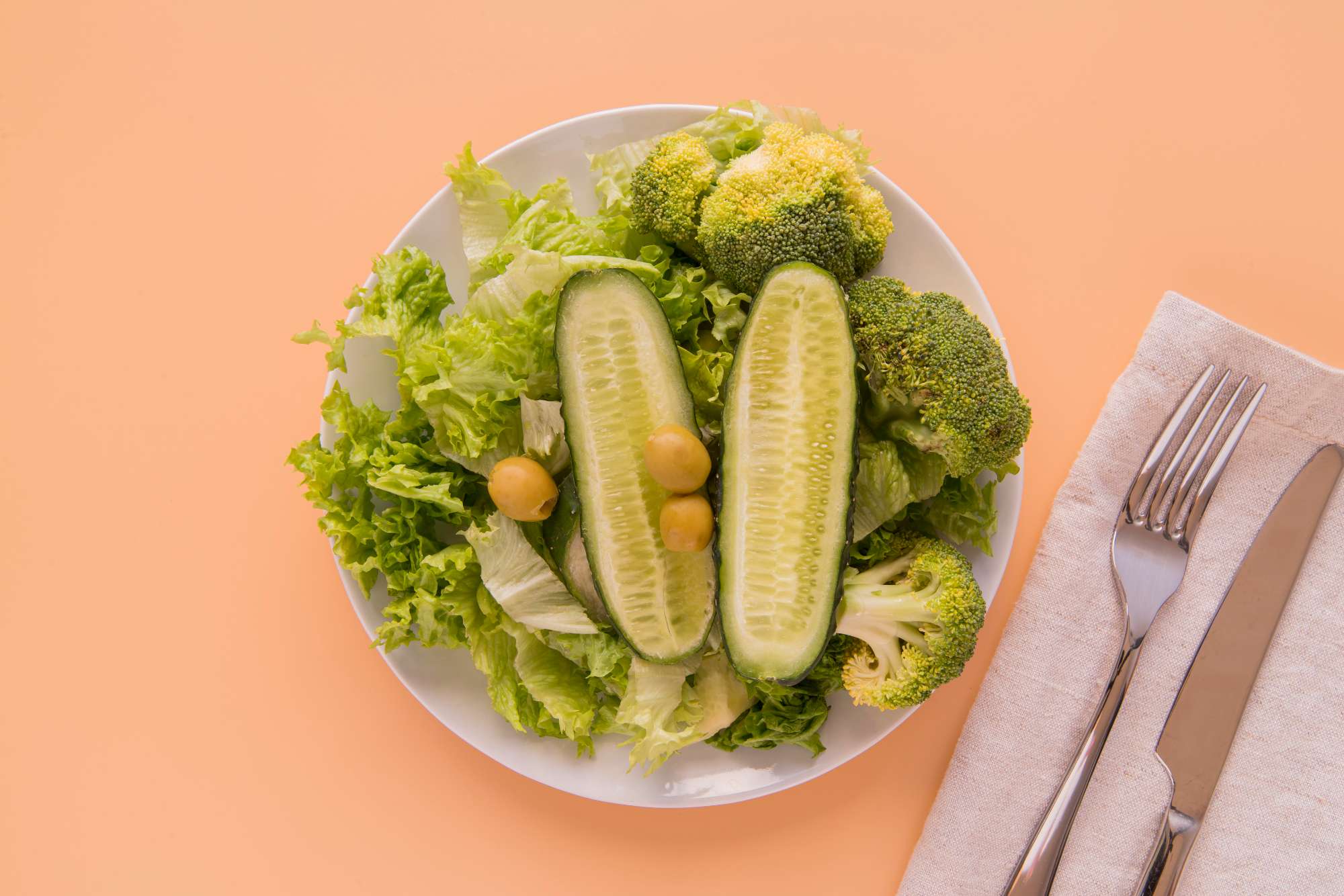
Potassium, how much is enough level?
An adequate intake of potassium is 3,400 milligrams (mg) per day for healthy adult males and 2,600 mg per day for healthy adult females.
Adequate potassium intake during pregnancy is 2,900 mg, and it is 2,800 mg while breastfeeding or chestfeeding.
Specific recommendations for each age group
| Age | Male | Female |
| 0–6 months | 400 mg/day | 400 mg/day |
| 7–12 months | 860 mg/day | 860 mg/day |
| 1–3 years | 2,000 mg/day | 2,000 mg/day |
| 4–8 years | 2,300 mg/day | 2,300 mg/day |
| 9–13 years | 2,500 mg/day | 2,300 mg/day |
| 14–18 years | 3,000 mg/day | 2,300 mg/day |
| 19+ years | 3,400 mg/day | 2,600 mg/day |
A person should aim to get potassium from a healthy, balanced diet that provides a variety of vitamins and minerals. In some cases, your doctor may recommend supplements.

Signs of Deficiency and Toxicity
1. DeficiencyThe kidneys work to maintain normal blood levels of potassium by flushing out excess amounts through urine. Potassium can also be lost through stool and sweat. At least 400-800 mg daily from food is needed because of normal daily losses. Any conditions that increase fluid losses beyond normal such as vomiting, diarrhea, and certain medications like diuretics can lead to a deficiency, called hypokalemia. Hypokalemia is most common in hospitalized patients who are taking medications that cause the body to excrete too much potassium. It is also seen in people with inflammatory bowel diseases (Crohn’s disease, ulcerative colitis) that may cause diarrhea and malabsorption of nutrients.
It is rare for a potassium deficiency to be caused by too low a food intake alone because it is found in so many foods; however an inadequate intake combined with heavy sweating, diuretic use, laxative abuse, or severe nausea and vomiting can quickly lead to hypokalemia. Another reason is a deficiency of magnesium, as the kidneys need magnesium to help reabsorb potassium and maintain normal levels in cells.
Symptoms of Deficiency of potassium:
- Fatigue
- Muscle cramps or weakness
- Constipation
- Muscle paralysis and irregular heart rate (with severe hypokalemia)
2. ToxicityToo much potassium in the blood is called hyperkalemia. In healthy people the kidneys will efficiently remove extra potassium, mainly through the urine. However, certain situations can lead to hyperkalemia: advanced kidney disease, taking medications that hold onto potassium in the body (including NSAIDs), or people who have compromised kidneys who eat a high-potassium diet (more than 4,700 mg daily) or use potassium-based salt substitutes.
Symptoms of hyperkalemia:
- Weakness, fatigue
- Nausea, vomiting
- Shortness of breath
- Chest pain
- Heart palpitations, irregular heart rate.
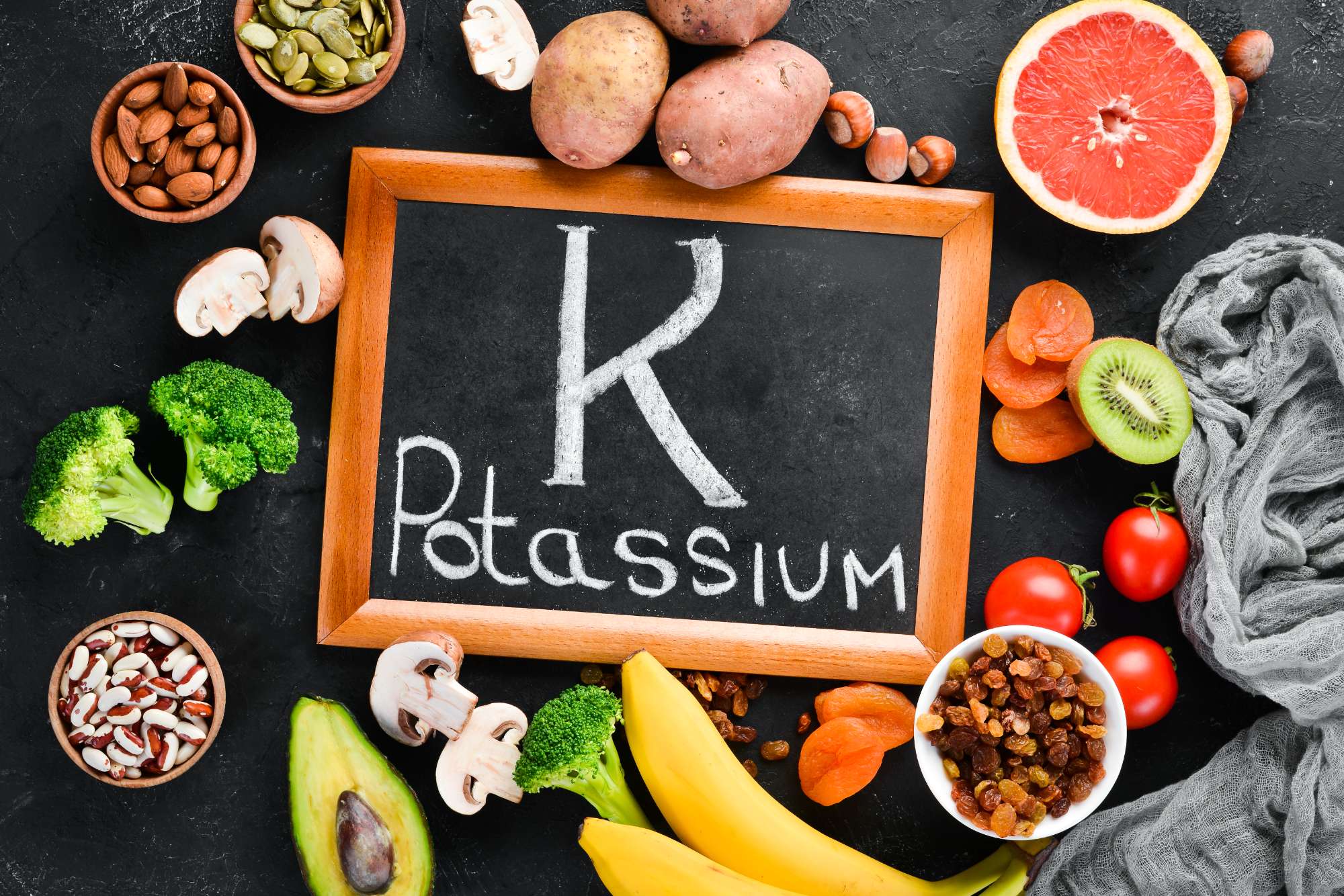
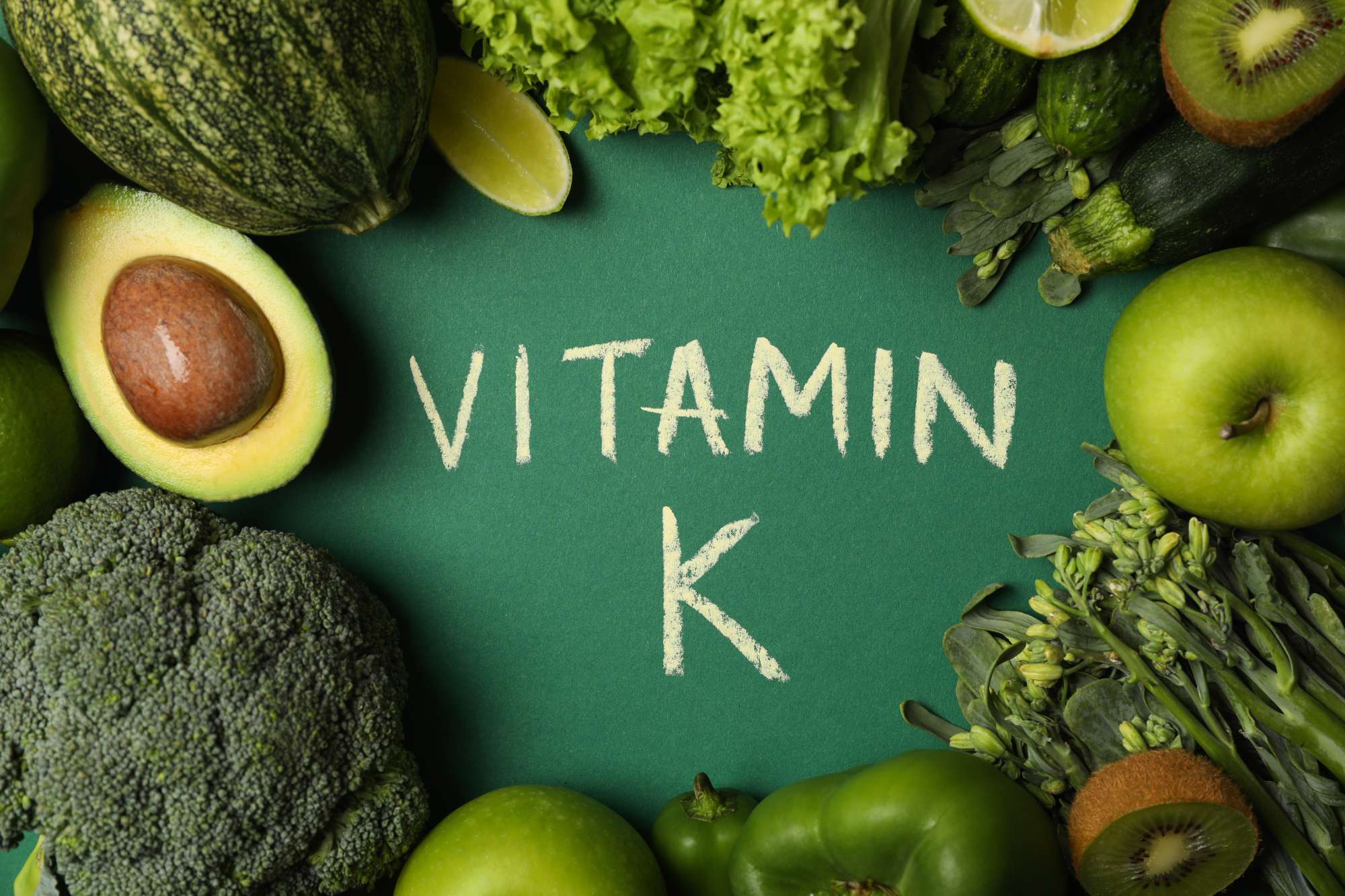
Don't be confused!
The chemical symbol for potassium is “K,” not to be confused with vitamin K.
Salt substitutes are sometimes made from potassium chloride, which replaces some or all of the sodium chloride in table salt. Although those on salt-restricted diets may benefit from its much lower sodium content, potassium salt has a bitter aftertaste when heated so it is not recommended for cooking. Check with your doctor before trying a potassium salt, because extra potassium can be dangerous for people who have trouble eliminating excess amounts or who are taking medications that can increase potassium levels in the bloodstream.
The interplay of potassium and sodium
Potassium and sodium are closely interconnected but have opposite effects in the body. Both are essential nutrients that play key roles in maintaining physiological balance, and both have been linked to the risk of chronic diseases, especially cardiovascular disease. High salt intake increases blood pressure, which can lead to heart disease, while high potassium intake can help relax blood vessels and excrete sodium while decreasing blood pressure. Our bodies need far more potassium than sodium each day, but the typical U.S. diet is just the opposite: Americans average about 3,300 milligrams of sodium per day, about 75% of which comes from processed foods, while only getting about 2,900 milligrams of potassium each day.
A study in the Archives of Internal Medicine found that:
People who ate high-sodium, low-potassium diets had a higher risk of dying from a heart attack or any cause. In this study, people with the highest sodium intakes had a 20% higher risk of death from any cause than people with the lowest sodium intakes. People with the highest potassium intakes had a 20% lower risk of dying than people with the lowest intakes. But what may be even more important for health is the relationship of sodium to potassium in the diet. People with the highest ratio of sodium to potassium in their diets had double the risk of dying of a heart attack than people with the lowest ratio, and they had a 50% higher risk of death from any cause. People can make a key dietary change to help lower their risk: Eat more fresh vegetables and fruits, which are naturally high in potassium and low in sodium, but eat less bread, cheese, processed meat, and other processed foods that are high in sodium and low in potassium.
Compiled and penned by Crocus Media